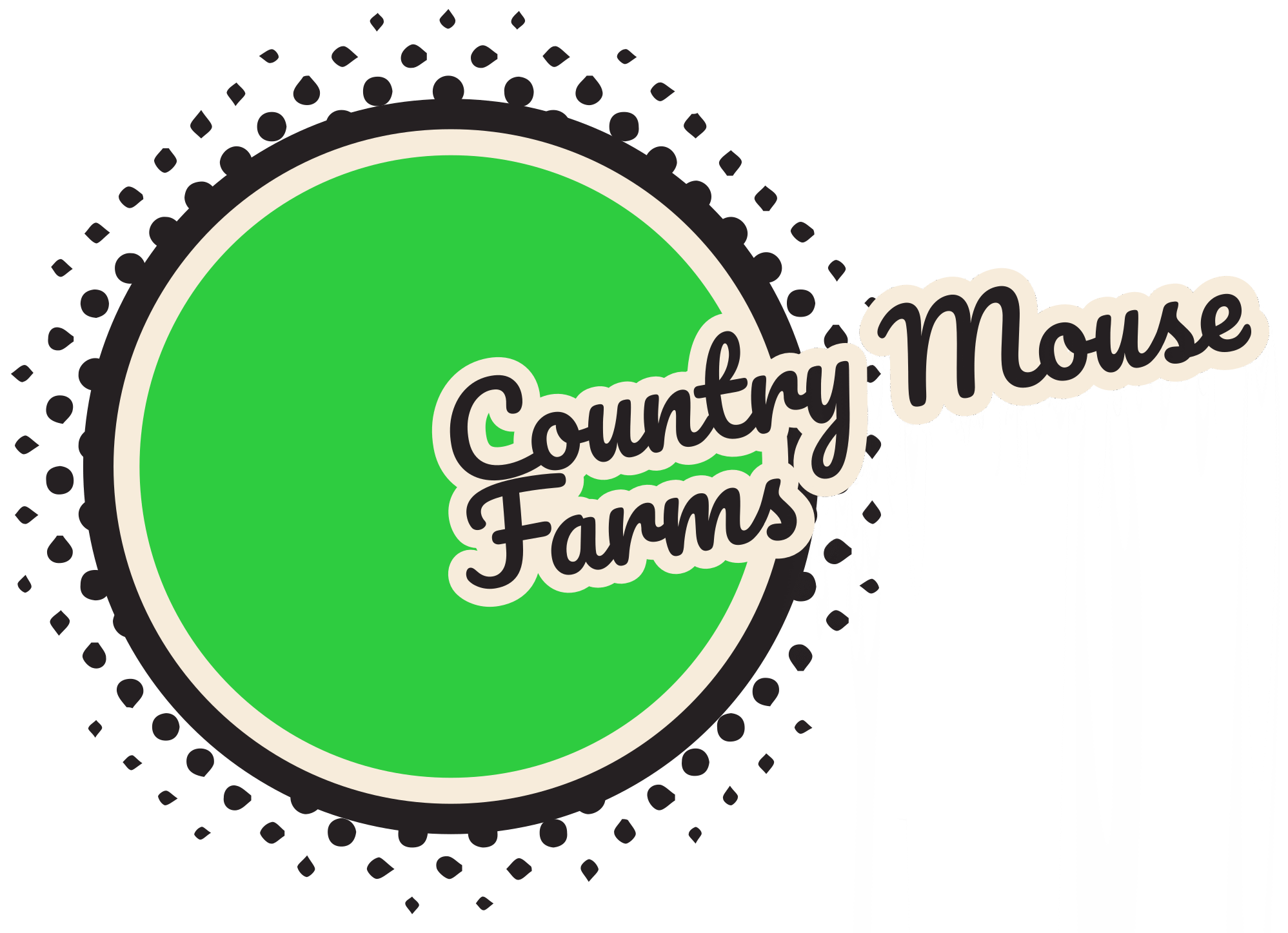🏡 How to Find Land to Homestead (Even If You’re Just Getting Started)
Estimated Reading Time: 4 min read
Keywords: how to find homestead land, buying land to homestead, cheap land for homesteading, rural land search, best land for small farm
Let’s talk land. You don’t need a hundred acres in Montana to start a homestead. In fact, many successful modern homesteaders make magic happen on a single acre—or less.
Finding land to homestead isn’t about size. It’s about fit—for your goals, your lifestyle, and your budget.
What Makes Land “Good” for Homesteading?
Before you fall in love with a plot, ask: can it support the life I want to build?
Must-have features:
- Sunlight – for gardens, solar power, and warmth
- Water access – well, city hookup, or rain catchment
- Good soil – or at least fixable with compost
- Zoning rules that allow animals or food sales
- Access to roads, utilities, and basic infrastructure
💡 Call the county office before you buy. Zoning surprises = nightmare fuel.
How Much Land Do You Really Need?
This surprises people: ¼–1 acre is often plenty.
You can fit:
- A family garden
- Chickens or quail
- Composting and rain barrels
- Small fruit trees or berries
More land means more possibilities—but also more mowing, fencing, and stress.
Where to Look for Affordable Land
You don’t need a realtor right away. Start here:
- Landwatch.com, Landflip.com, Zillow (Land filter)
- County land banks – often overlooked!
- Facebook Marketplace, Craigslist (search “rural land”)
- Tax auctions – great deals, but do your homework
- Drive around and look for “For Sale by Owner” signs
Ask about owner financing—you may not need a big loan.
Red Flags to Watch Out For
- 🚩 Landlocked plots (no legal road access)
- 🚩 No water or septic potential
- 🚩 Steep slopes or heavy flood risk
- 🚩 Bad cell service (unless you’re into off-grid life)
- 🚩 Toxic past use (check for industrial or dump history)
Bring in a pro (like a soil tester or land surveyor) if you’re serious. It’s worth it.
Plan Before You Buy
Start with your lifestyle goals, not just land listings.
Do you want:
- Animals? (That’s fencing, shelter, feed)
- A market garden? (Flat, sunny land + water = essential)
- Room for kids to run or build a tiny home village?
💡 Create a “dream land” checklist with must-haves, nice-to-haves, and hard no’s.
Vocabulary Corner
- Arable: Land that can grow crops.
- Zoning: Local laws that control what you can do with the land.
- Easement: Someone else’s legal right to use part of your land (like for a road).
- Floodplain: Area likely to flood—check FEMA maps!
- Land Bank: Government or nonprofit that sells unused land.
- Owner-Financed: Seller lets you pay in installments, no bank needed.
Final Thoughts
Finding the right land is part treasure hunt, part patience, part gut feeling. Whether it’s one acre or 100, raw or improved, off-grid or next to town—it’s about what fits you.
Start where you are. Learn as you go. And don’t be afraid to dream a little wild.
